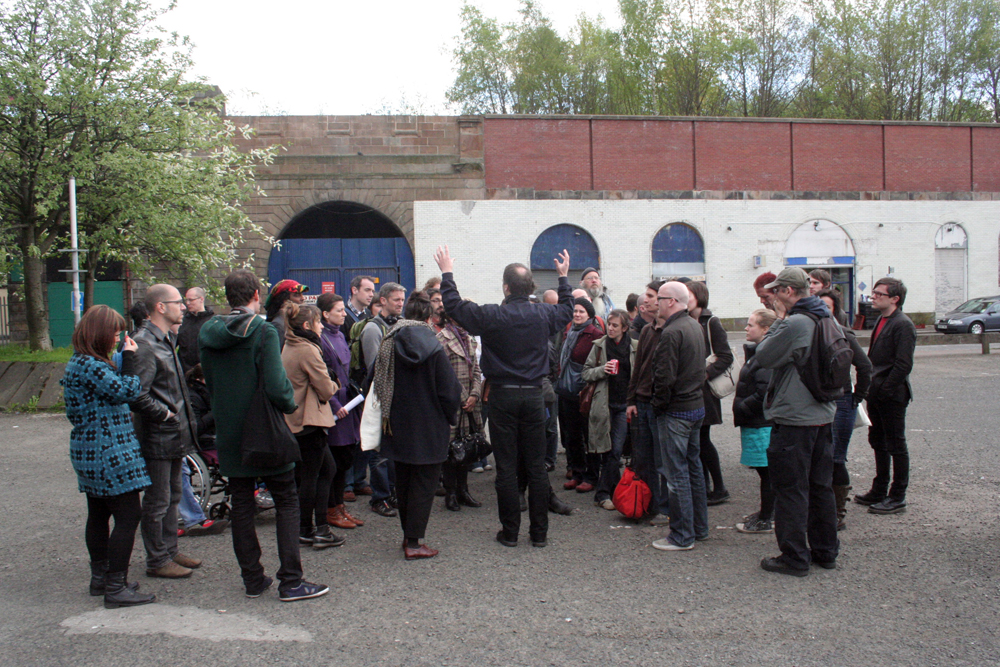
In The Shadow of Shadow – Walk
The Strickland Distribution Ultra-red
A public walk from George Square to the Barras market bringing contributions from researchers, activists and artists in a form of live critical praxis
Arika have been creating events since 2001. The Archive is space to share the documentation of our work, over 600 events from the past 20 years. Browse the archive by event, artists and collections, explore using theme pairs, or use the index for a comprehensive overview.

A public walk from George Square to the Barras market bringing contributions from researchers, activists and artists in a form of live critical praxis
An LSD trip gone right via dense explorations of post-Fahey steel and low level drone.

How do we make the connections between the mutual aid practices of our daily lives and anti-capitalist efforts to dismantle wider systems of exploitation?
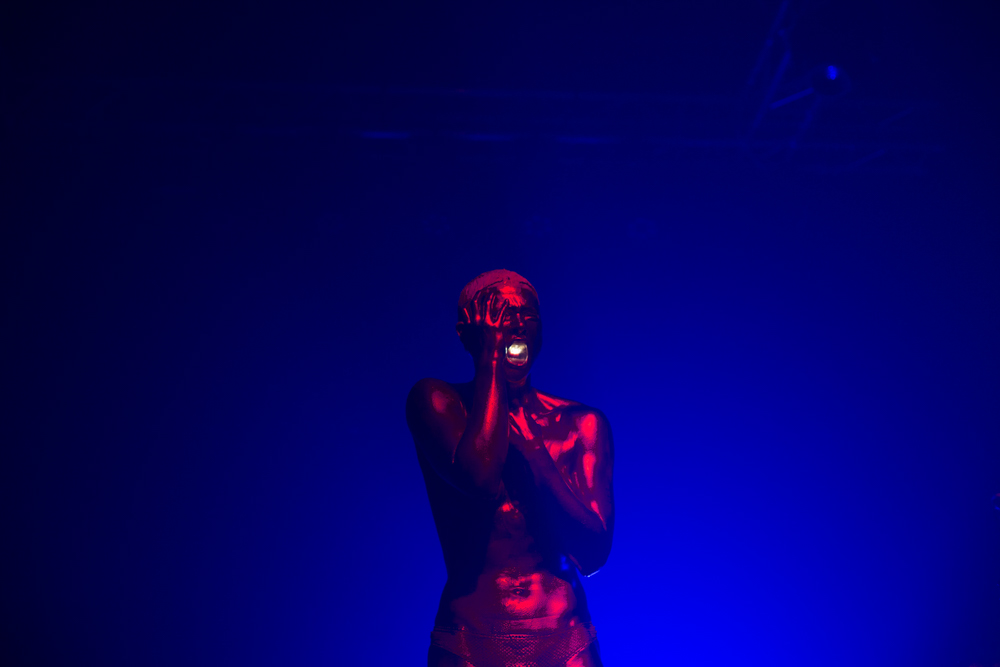
All ticket income goes directly to We Will Rise – a group of migrants, refugees, asylum seekers and their allies who have come together to End Immigration Detention in the UK.
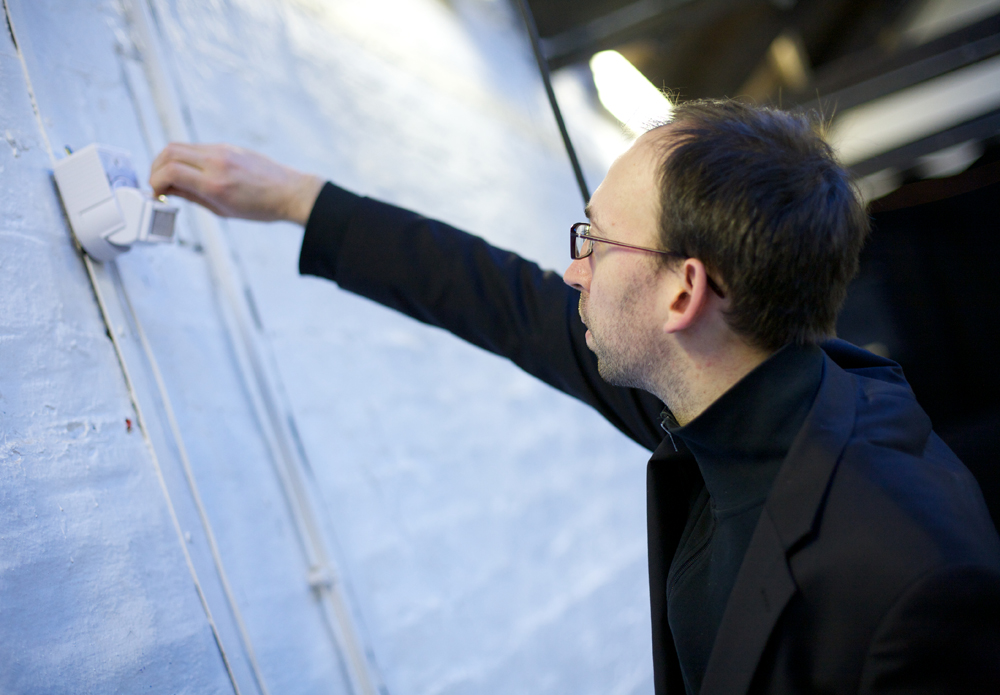
A kind of performed installation of searing noise and silence, where we’re not sure who the performer is, when it starts or ends or even who it’s for.
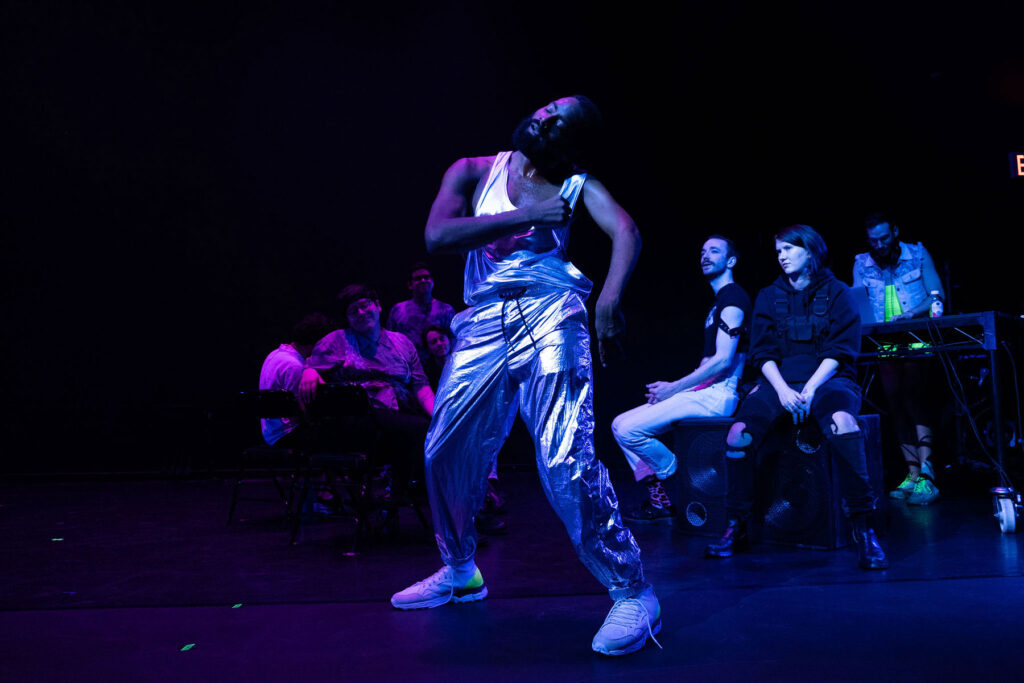
A dance party love letter to our community, expressing the joy of relation in the abstract and through actual physical proximity.
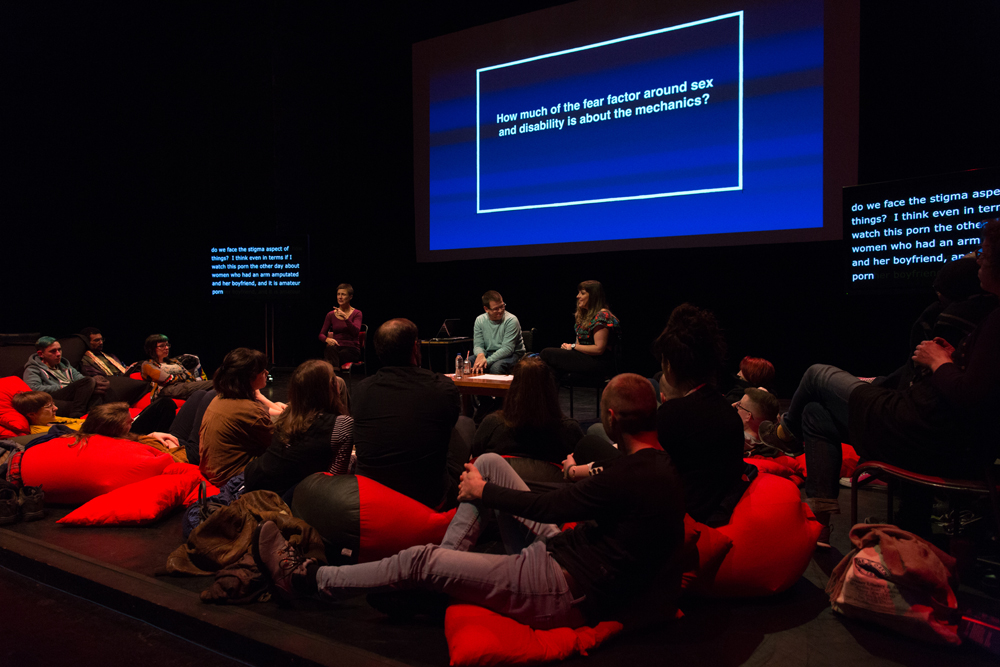
How do people living with disability see themselves in today’s sexualised culture? How do we imagine our crip sexual selves despite society wanting to reduce us to non-erotic bodies?
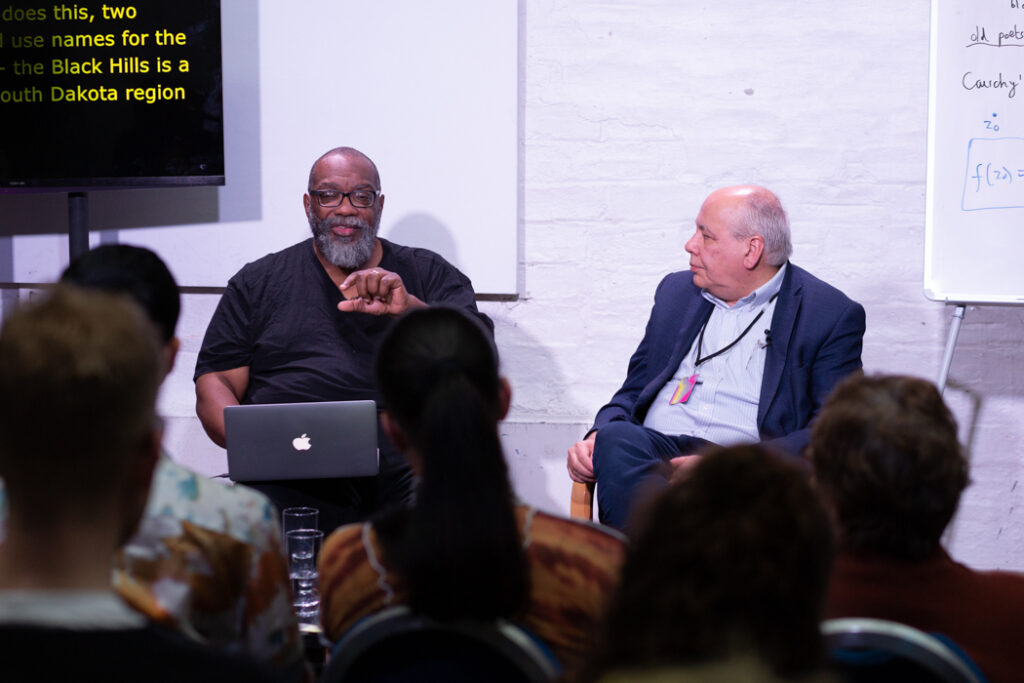
A back and forth between Fred and Fernando on the transits and obstructions between mathematics and poetics, and how both help us to think from the other side.

Underground movement legend boychild hosts this workshop—on improvisation, cosmetics, movement and lip-sync.
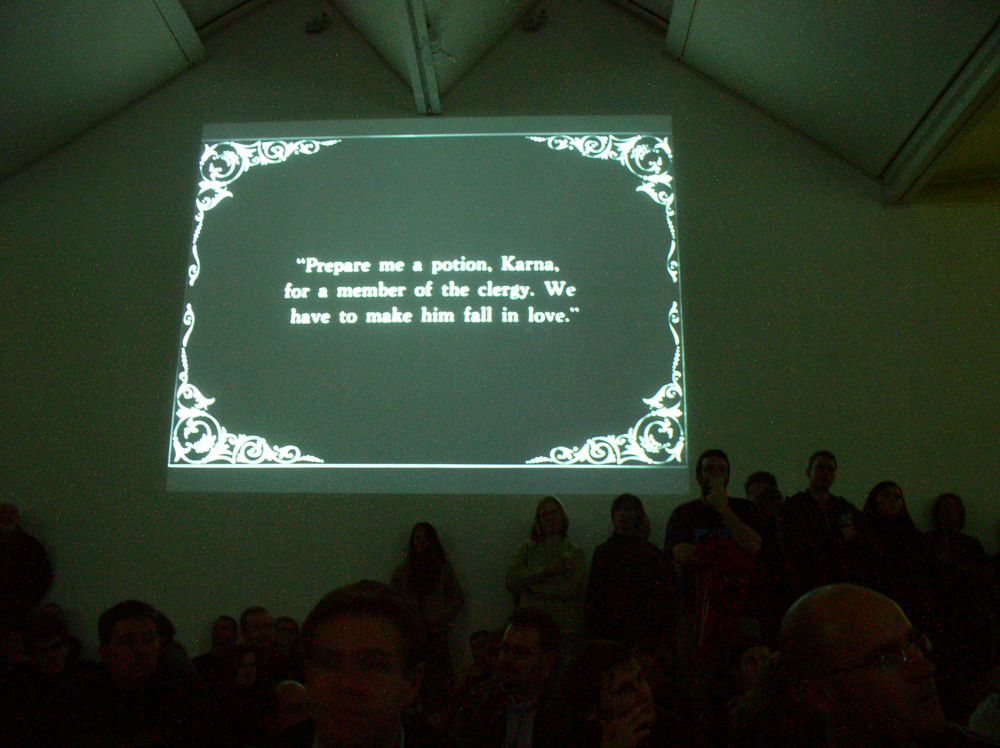
Mirror and Phantom Engineer performing an improvised soundtrack to Benjamin Christensen’s 1922 horror film prototype, Haxan: Witchcraft through the Ages.
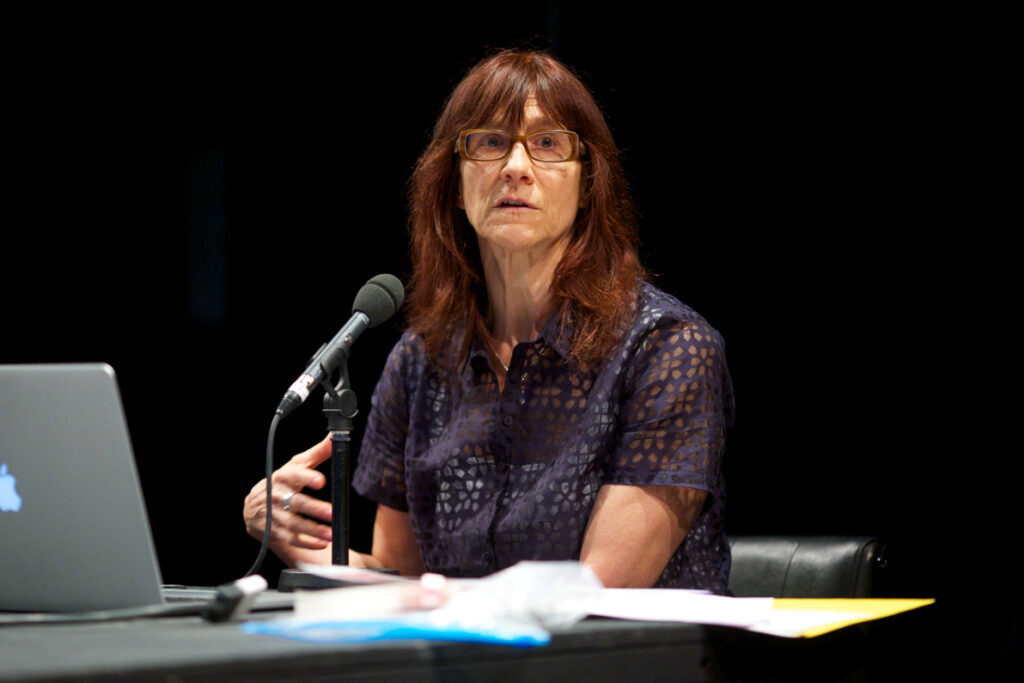
The role of feelings in public life, (political) depression and creative survival.
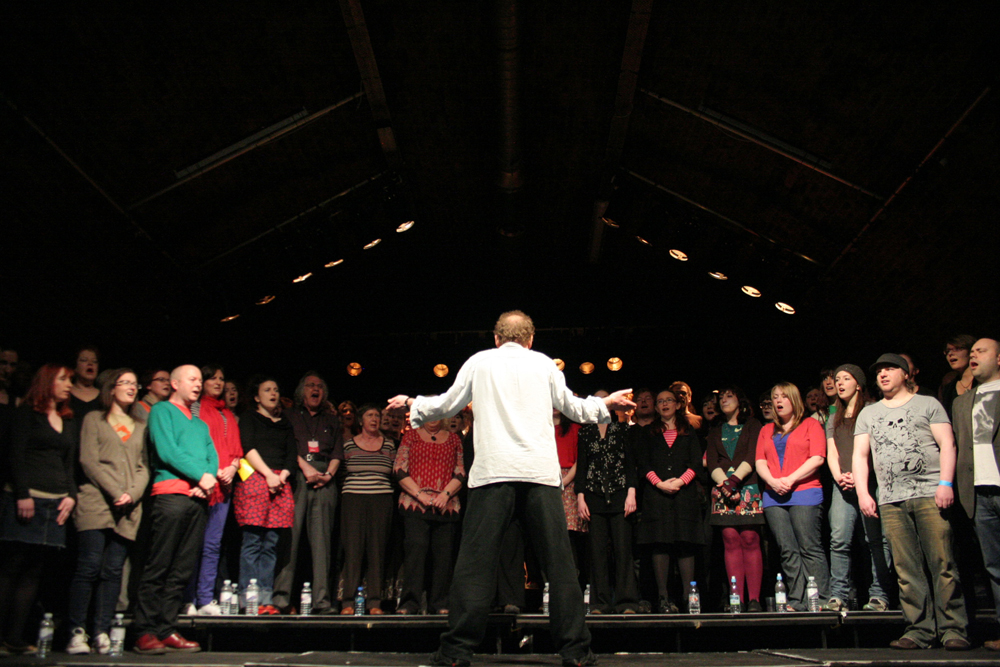
A 100 strong Feral Choir of people who’ve never improvised with their voices before, conducted by composer Phil Minton.